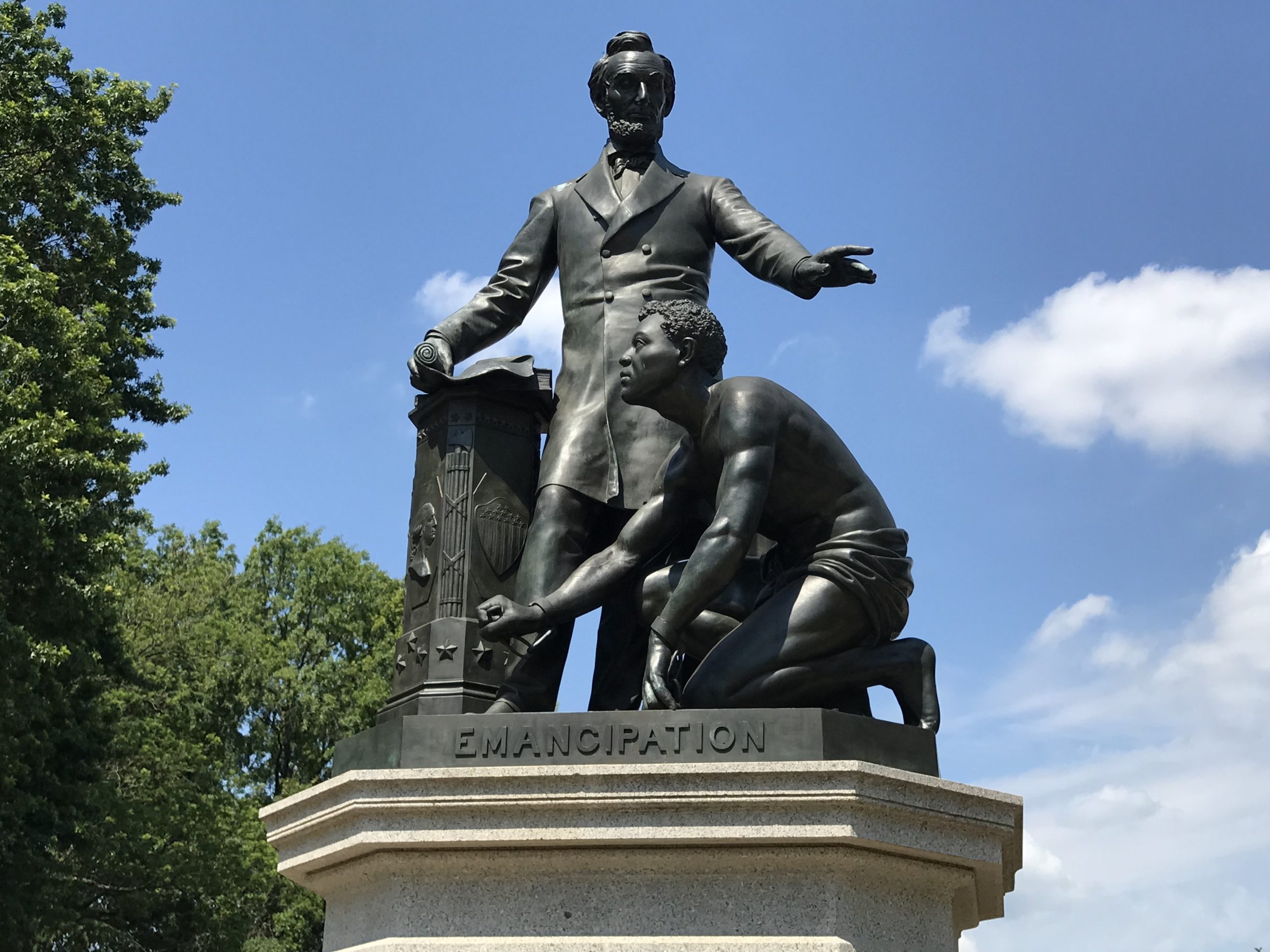
Teaching architectural history with a commitment to social justice presents an epistemological challenge for two key reasons. First, the spatialization of social justice is irredeemably political, raising the question as to how to discuss politics in the classroom. Second, how does an educator articulate an ethical framework within which to situate histories of injustice and exclusion in the realm of knowledge production? By analyzing diverse public reactions to the controversial Emancipation Memorial (also known as the Freedman’s Memorial) in Lincoln Park on Capitol Hill, Washington, DC during the social justice movements of 2020, this paper examines the politics of social justice through an exploration of the notion of “invisibility,” a paradoxical condition that, as African American novelist Ralph Ellison suggests, can imply both a fantasy of empowerment and a tragedy of powerlessness.
Continue Reading:






